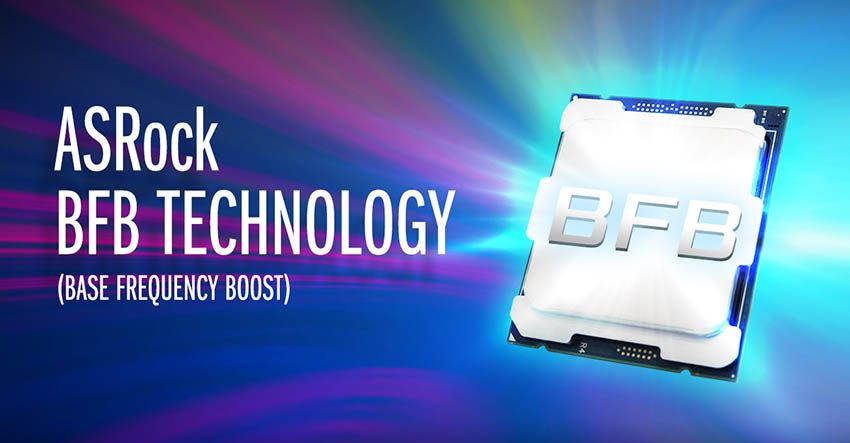With the introduction of the 400 series motherboards for the 10th generation Intel Core processors, Asrock introduced the “Base Frequency Boost” (BFB) function to overclock processors with blocked multiplier even on non-Z chipsets to increase performance. After the great interest of the public, Asrock announced that it will release new BIOSes for the Z390 and B365, so that this function will also be available in the 9th generation processors.
What is base frequency overclocking, and how BFB beneficial for overclockers?
As we explained earlier with the introduction of the technology for the 10th generation CPUs, in order to increase the frequencies, the power supply to the processor must also be increased, so by enabling BFB the power limit of the CPUs is raised to 125W, compared to 65W with factory settings. This increase in consumption also brings an increase in power that is converted into heat, so you will need to use a better heatsink than the factory fitted one to use BFB without problems.
However, if we are willing to increase the power consumption and temperatures of our processor, BFB will allow us to increase the frequencies by 1100MHz on the i5-9600 and 1000MHz on the i7-9700 and i9-9900, which will result in big performance increases.
So far not all Asrock Z390 and B365 have received updates, so we advise you to visit the official BFB page regularly to see if your model has received updates.
